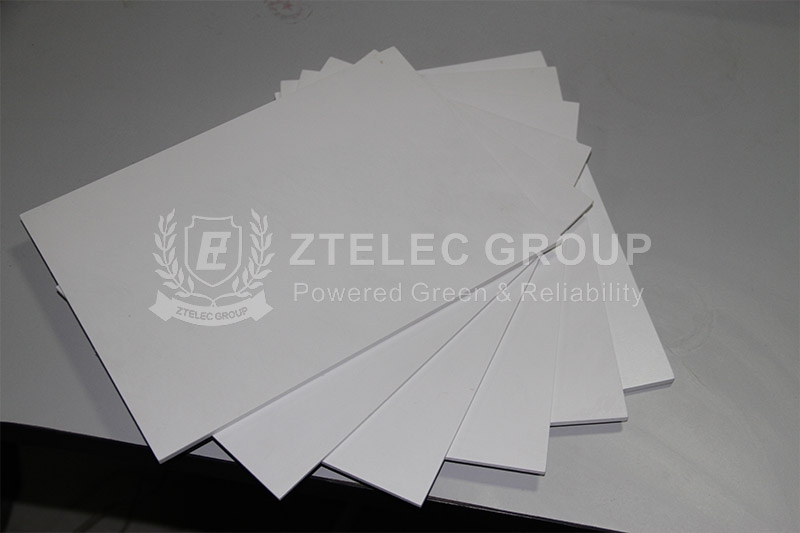SMC machined part is molded from unsaturated polyester glass fiber reinforced laminate molded products in various colors. It’s short for sheet molding compound. The main raw materials are GF (special yarn), UP (unsaturated resin), low shrinkage additives, MD (filler) and various additives. It first appeared in Europe in the early 1960s, and was developed in the United States and Japan around 1965. At the end of 80′s, our country introduced foreign advanced SMC production line and production technology.

High mechanical strength: SMC machined part has high mechanical strength and can withstand greater external force. It is suitable for a variety of industrial applications.
Flame retardant: SMC machined part has good flame retardant performance and can effectively prevent the spread of fire in the case of fire.
Arc resistance and dielectric properties: SMC machined part has excellent arc resistance and dielectric properties. It is suitable for the insulation needs in the electrical industry.
Chemical corrosion resistance: SMC machined part can resist acid, alkali and other chemical substances corrosion. It is suitable for a variety of harsh environment.
Light weight and high strength: The specific modulus is equivalent to steel, but the strength can reach 4 times that of steel. So SMC machined part is suitable for lightweight applications.
Long service life: The simulated aging test shows that the service life of SMC machined part is more than 20 years, which is far more than the traditional metal materials.
Heat resistance: SMC machined part can withstand higher temperatures. It is suitable for high temperature environment.
Easy to process: The processing technology is simple and the cost is relatively low. So SMC machined part is suitable for mass production.

· Electrical connector
· Circuit breaker
· Circuit breaker
· Electrical insulator parts
· Electrical junction boxes
· Satellites Aerials / Dish Antennas
· Air Deflectors & Spoilers
· Frames for windows/sunroofs
· Air-intake manifolds
· Front-end grill opening panels
· Battery casings and covers
· Headlamp housings
· Bumpers & Bumper beam
· Heat shields (engine, transmission)
· Cylinder head (e.g. valve, rocker, cam) covers
· Pillars (e.g. ‘A’ and ‘C’) and coverings
· Roof tiles for Thin Film installations.
· Housings for solar structures for heating liquids in pipe systems.
· Small Turbine Blades
· Blade Hub
· Turbine Housing
· Pad Type Or Portable Type Power Generators
· Cabinets & Storage Boxes
· Kitchen Sinks
· Oven end-panels
· Cutters
· Housing & Cooling Coil Drip pans in HAVC products, such as room air conditioners
· Lids
SMC machined part offers many benefits over other insulation materials. SMC machined part has excellent electrical insulation properties and is highly resistant to moisture, chemicals, and temperature fluctuations. Additionally, SMC machined part is lightweight, making it ideal for use in applications where weight is a concern. SMC machined part offer a high strength-to-weight ratio, which results in improved performance, easier installation, and better product transport, as well as lower environmental impact and fuel emissions. The SMC machined part is also easy to manufacture, which makes it a cost-effective solution for many industries.
ZTelec Group is an enterprise with 65 years of insulation material production history. It has a complete industrial chain and also has a high reputation in the industry. If you need more product information and quotation about SMC machined parts, please contact us.
If you need our products please write down any questions, we will reply as soon as possible.
There are three ISO certificates for quality certification. The certificates will be shown later. ISO
After receiving the advance payment, the production cycle is 15-25 days. And the transportation cycle should be calcul……
We supply with installation guide and user manual for each transformer. If you do not understand them. We will offer v……